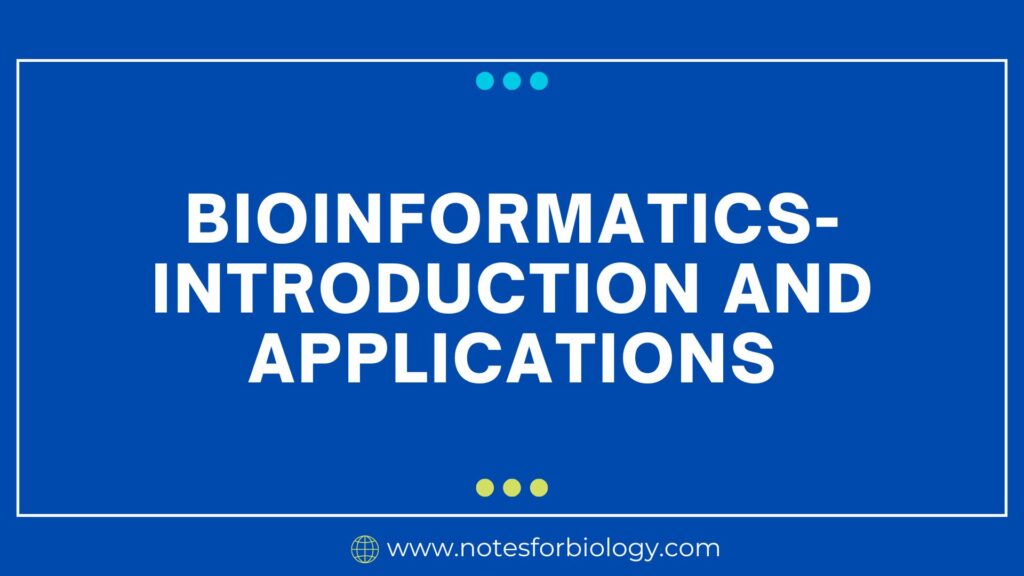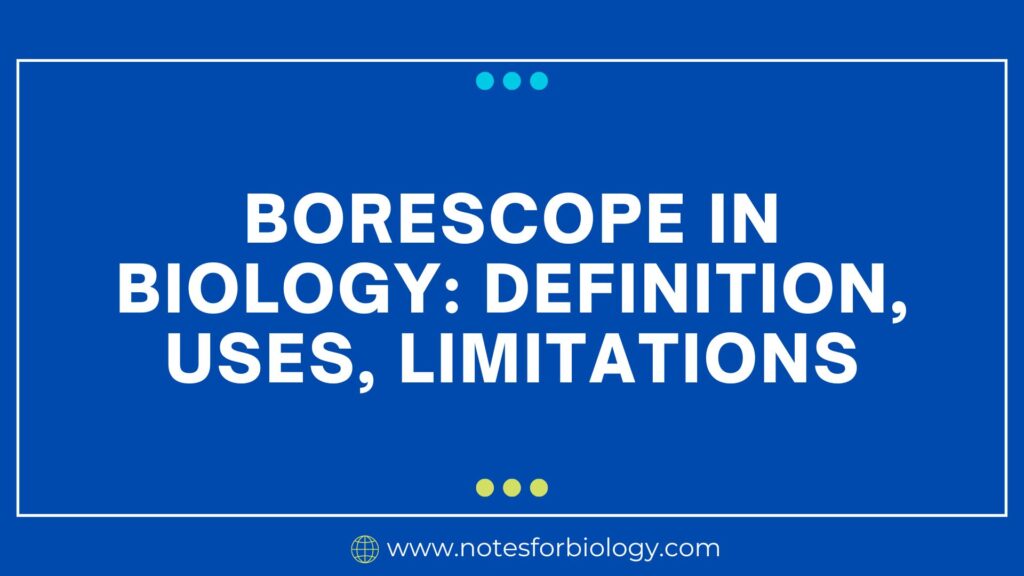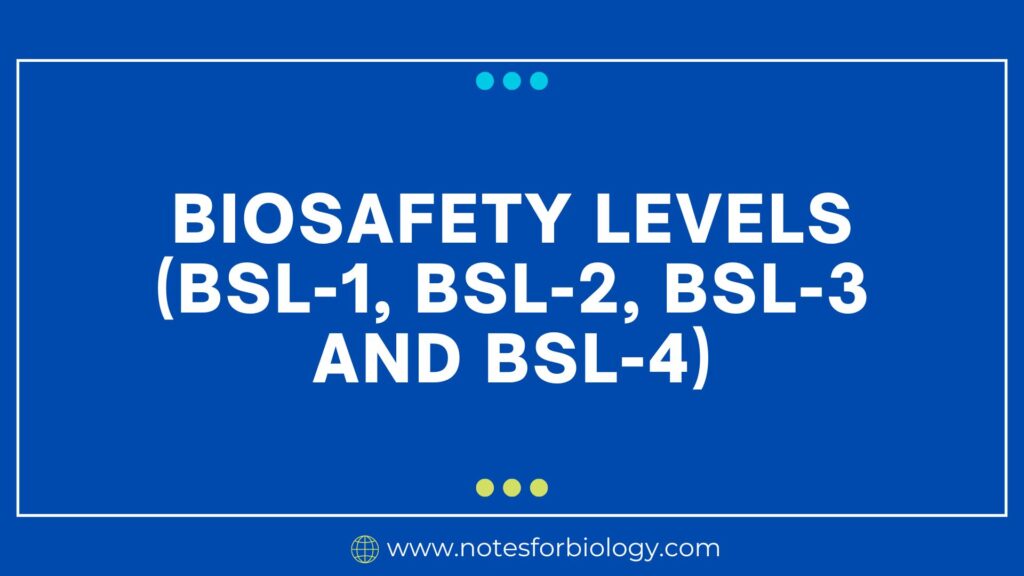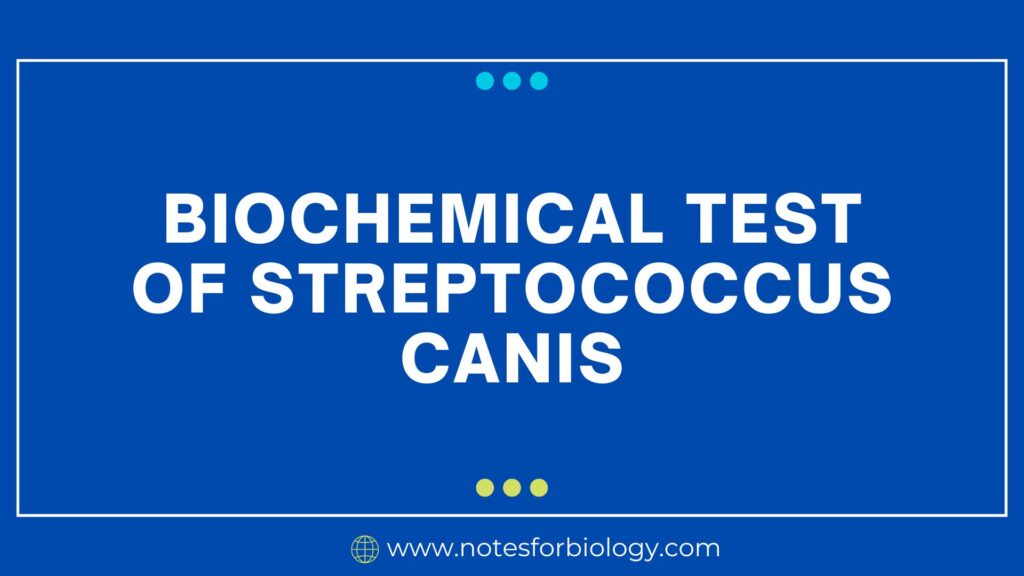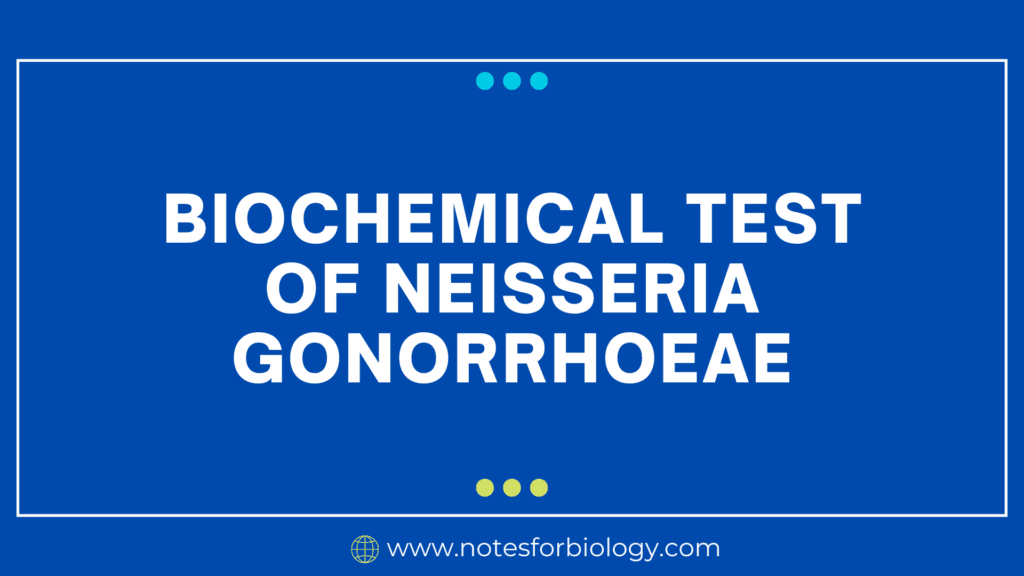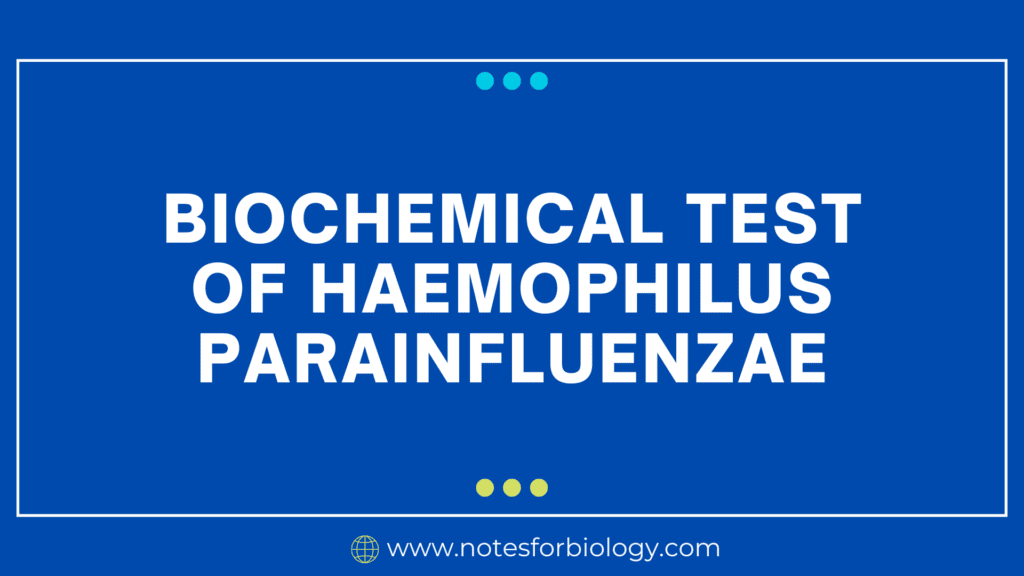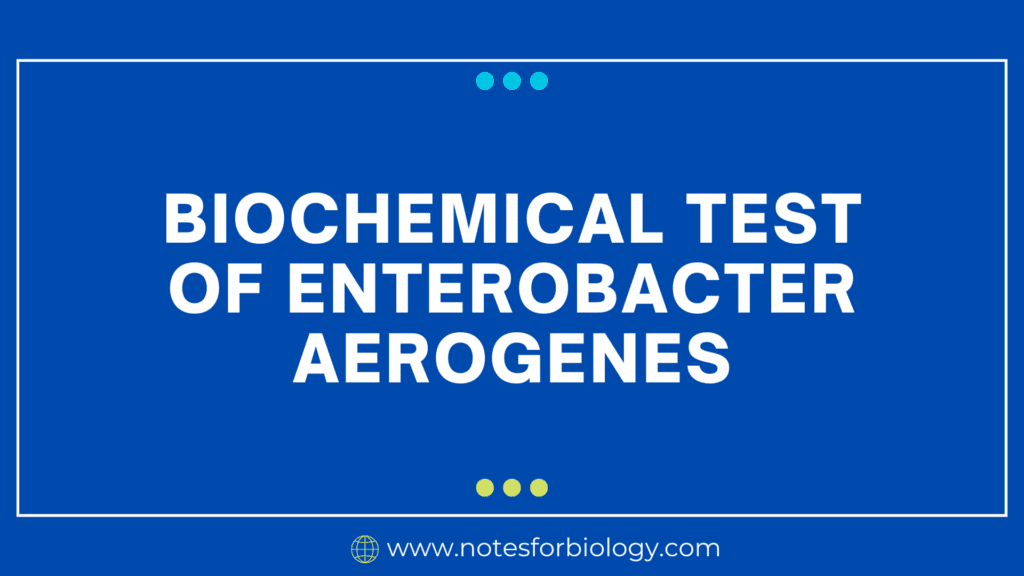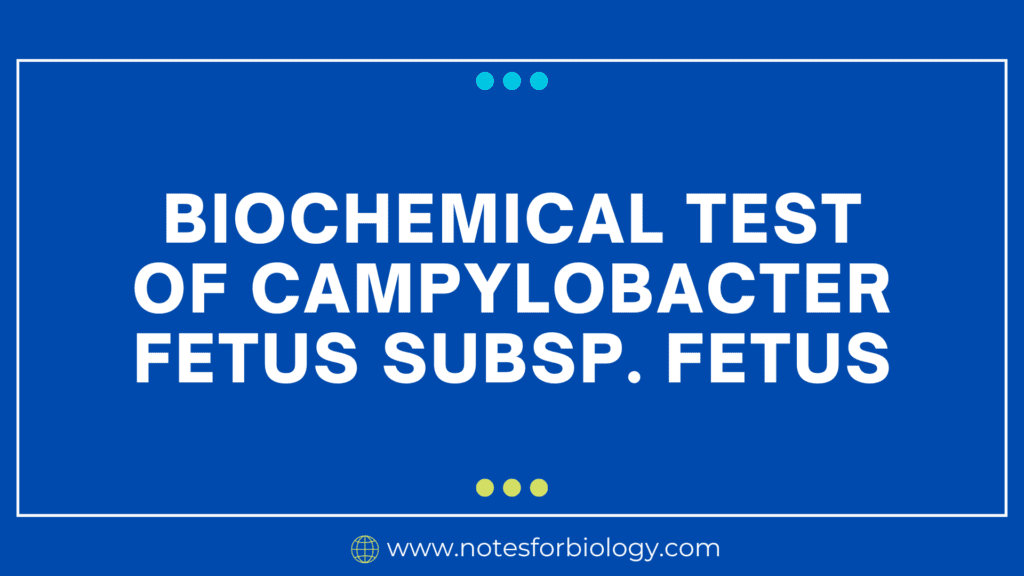Bioinformatics- Introduction and Applications
Bioinformatics is a fascinating interdisciplinary field that harnesses the power of biology, computer science, mathematics, and statistics to analyze complex biological data. This includes the examination of large datasets produced by cutting-edge high-throughput experimental techniques. Bioinformatics not only involves creating and using computational tools and methods, but also delves into understanding biological processes, making predictions […]

